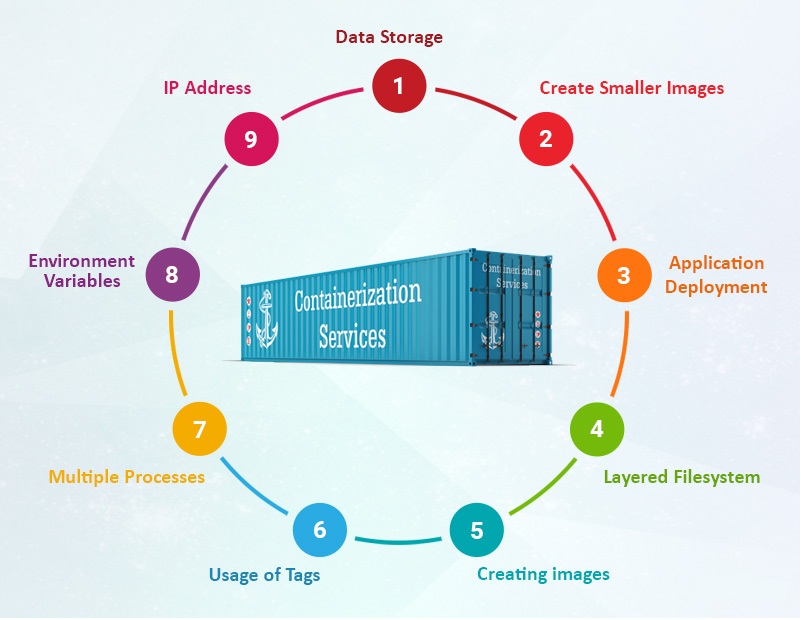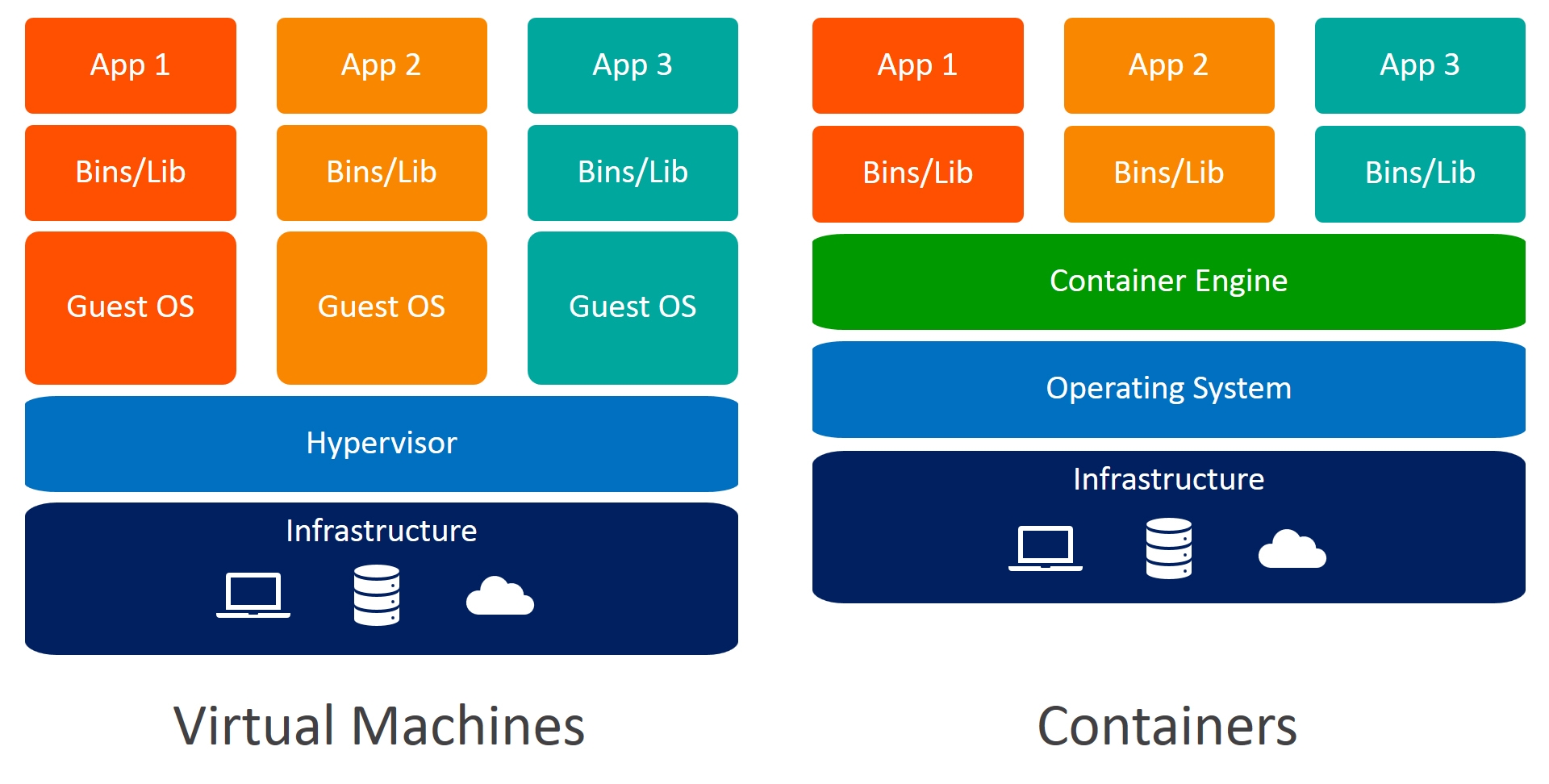There is a huge number of new technologies appearing in the IT sphere, which may seem close in meaning, although completely different. Therefore, sometimes it is difficult to understand how a particular technology works. For example, this is the case with containerization and virtualization. These technologies seem to have something in common, yet they are completely different.
Virtualization and containerization are two approaches to managing and isolating applications and computer capacities. Both are effective and popular but differ in methods and levels of isolation. In this article, we will describe each technology in detail.
What is virtualization
Virtualization is a technology that can be used to create virtual versions of physical resources. There are several types of virtualization. For example, server, application, and desktop virtualization. Virtualization is not possible without a hypervisor – a software solution that allows you to run multiple virtual machines (VMs) simultaneously. With a hypervisor, operating systems run in parallel, accessing the same server resources and without affecting each other. This software manages and shares processing power, memory, and other resources, allocating the right capacity to each virtual machine.
Each virtual machine works independently, as a real physical computer with its dedicated resources. Therefore, virtualization requires high performance of physical hardware to properly emulate the operating system environment in the VM.
Each virtual machine can be visualized as a folder of data. You can rearrange these folders, add new files to them, and so on. Software and even the operating system may be updated without involving the end user.
Pros and cons of virtualization
Let's find out the pros and cons of virtualization.
Pros:
- Isolation. Virtual machines are isolated from each other. A failure of one VM does not affect the operation of the others. This ensures the security and reliability of the virtual infrastructure.
- Flexibility. Virtual resources are easy to manage and scale. VMs can be quickly moved from one physical server to another, which increases flexibility in resource management.
- Manageability. With a hypervisor, you can easily manage the allocation of resources to each VM, striking the right balance between performance and efficiency.
- Optimization. Multiple VMs can run on a single physical server. This allows for more efficient use of resources and reduces hardware costs.
- Maintenance. You can update and change virtual machines centrally in a few clicks. This saves time and man hours.
Cons:
- High costs. Virtualization requires more productive and therefore expensive physical hardware
- Management complexity. Only a person with a technical background can understand the principles of virtualization platform operation, hypervisors, balancers, and other tools.
- Migration delays. Moving virtual machines between different physical servers (hosts) can take more time and cause business interruption.
- Reduced performance. With virtualization, there is no way to use 100% of the available hardware. The performance will be slightly lower.
- Hypervisor dependency. Since VMs run under this software, its failure can cause problems with virtual machines.
What is containerization?

Containerization is a technology for isolating applications and their dependencies by packaging them into a single execution environment, a container. To run a containerization platform, you use a shared operating system kernel. Even a virtual operating system is suitable.
Containers share resources: processor, memory, file system. However, each container is isolated from the others and does not require additional emulation of the operating system. The most common containerization platform is Docker. A large number of containers are managed using Kubernetes.
Like virtual machines, containers are easily migrated between servers. They share the host OS kernel with other containers, and the shared part is read-only. Containers are therefore lightweight and can be created as many times as needed on a single server or VM with a single operating system. Inside the container is a customized environment for deploying the application.
Pros and cons of containerization
Pros:
- Lightweight. Containers consume less resources than virtual machines and start up quickly.
- Isolation. Containers provide a highly isolated environment that enhances application security and stability.
- Portability. Containers are easily portable between different environments, making development and deployment easier.
- Scalability. Containers can be easily scaled to meet growing workloads.
- Manageability. Create and delete a container, and make a template for testing - all procedures are easy to perform.
Cons:
- Limitations. All containers on the same host require the same OS to run, potentially limiting portability.
- Less isolation. Containers are not as much isolated as VMs.
- Vulnerability. Since containers share the same OS, a vulnerability in the OS kernel poses risks to containers as well.
- Complexity. The technology continues to evolve, and diving into it requires technical expertise. Setting up networks for container-host interaction also requires experience.
So, if you look at the pros and cons of both technologies, you can see how containerization differs from virtualization.

Isolation level. Virtualization offers a higher level of isolation because each virtual machine has its own operating system kernel. Containerization uses a common kernel, offering less isolation between containers.
Resources. Virtualization requires more resources because each VM has its own operating system. In containers, resources are shared more efficiently between applications.
Startup and shutdown. Containers are faster to start and shut down than virtual machines and are easier to delete, create, and clone.



